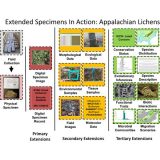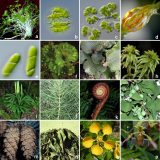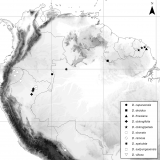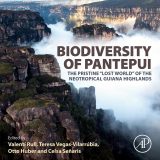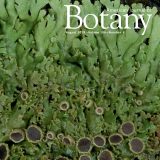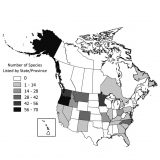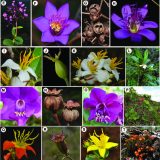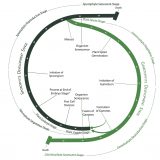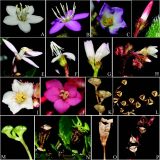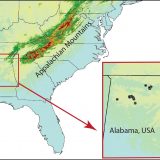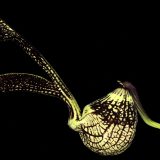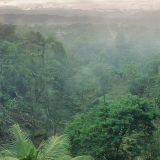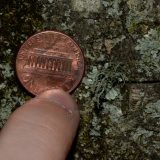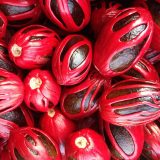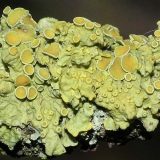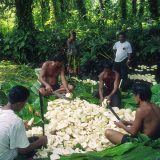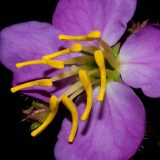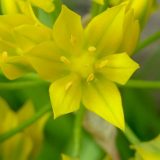The green plant tree of life is built upon many evolutionary innovations, and plants have come a long way since they began as single-celled organisms one billion years ago. Plants have transitioned from water to land and managed to become the beautiful, towering, flowering and fruiting beings that are the backbone of life on earth.
Plants have complex life histories—creating vascular systems, waxy cuticles, spores, seeds and flowers. These innovations define key turning points in the history of green plants, and they are what separate the major plant groups: green algae, mosses and liverworts, ferns, gymnosperms and flowering plants.
The One Thousand Plant Transcriptomes Initiative, also known as the 1KP initiative, is a global collaboration of nearly 200 plant scientists, including NYBG’s Dr. Dennis Stevenson. “This long term project integrates field work, herbarium research, and living collections with the latest in laboratory and information sciences as an international collaboration,” Dr Stevenson said. For almost 10 years, this group has been attempting to sequence the genes of one thousand plants, spanning every plant family on the tree of life. The publication of these sequences, 1,147 in total, brings science significantly closer to understanding how the tree of life works in the plant kingdom. By examining the similarities and differences in genes, we can more fully understand how plants created evolutionarily significant transitions.
Nature, October 23, 2019
(NYBG Contact: Dennis Stevenson)
NATURE MAGAZINE ARTICLE

